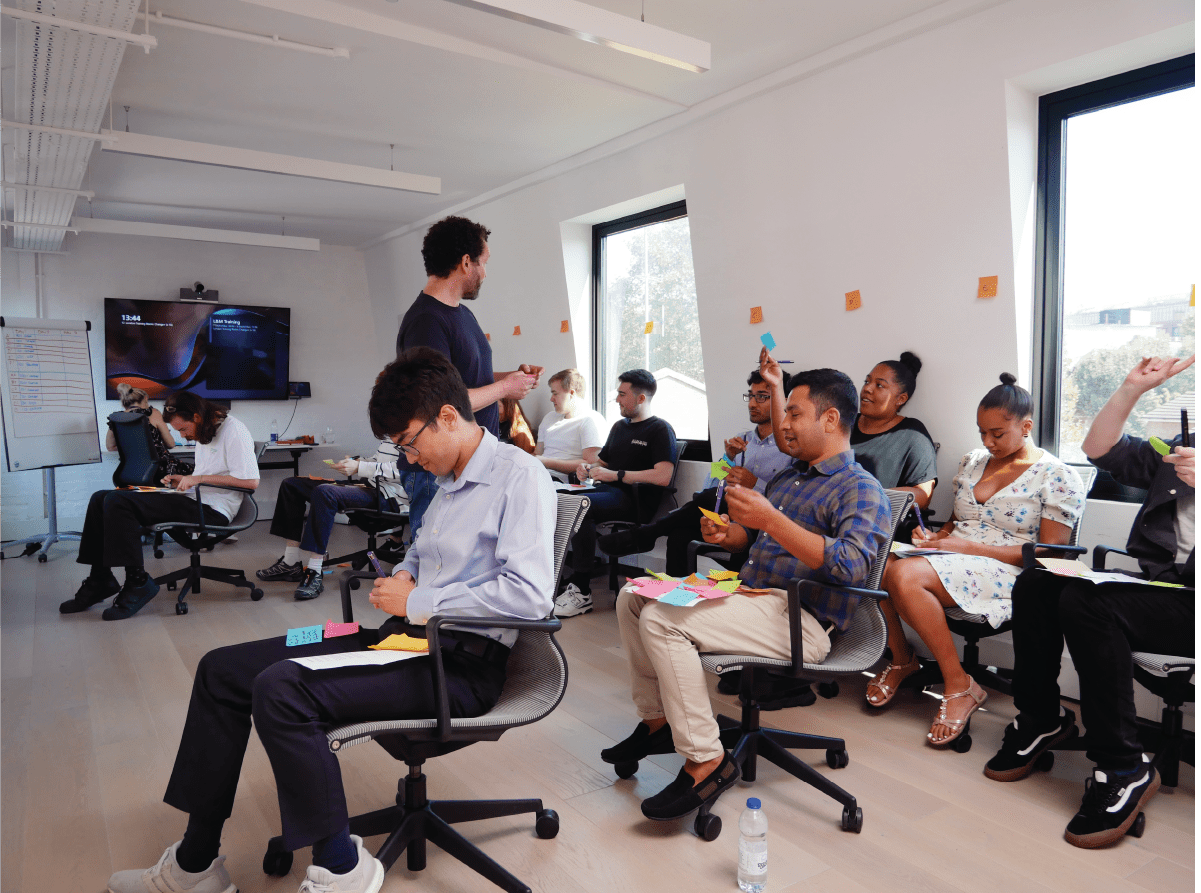
How to make learning stick: Honey and Mumford’s 4 learning styles
5/04/2023
Shelley Perry, Learning and Development Business Partner at Grayce, gives her insight on how to make learning stick.
Have you ever wondered why you need to read a book multiple times in order for information to stick? Why you need to take notes or have reflection time before a particular conversation makes sense? Or why you find certain learning tasks harder than others?
People have preferences about how they like to learn. This is called a learning style. A learning style is someone's approach to learning. Some people may learn best in a classroom environment or alternatively, some people may learn the best with an on the job approach.
There are several learning style theories published, all of which talk about approaches and the way people like to take information in. For me personally, I relate most to the Honey & Mumford, 4 learning styles. This theory states that people naturally gravitate to a particular learning style. Therefore, in order for people to achieve optimum learning, Honey and Mumford argue that individuals must first identify their learning style, understand it and then find ways to learn that complement their chosen style. The theory identifies 4 different styles:
- Activist
- Pragmatist
- Theorist
- Reflector
So, how do you know what type of learner you are? People tend to fall under one of the four categories below:
Activists likes to be involved in new experiences and get stuck in by learning as they go. They are enthusiastic about new ideas and learn by making mistakes. They tend to act first and consider any implications afterwards.
Pragmatists are eager to try things out. They are people who like to practically apply their learning and will retain information through observing others. They tend to be practical and down to earth people who can become impatient with lengthy discussions.
Theorists are people who need to understand both the logic and the why before retaining information. They think problems through step-by-step and they thrive when given the opportunity to ask detailed questions.
Reflectors are people who like to think and process information. They like to view the situation from different perspectives. Having time and space is important for a reflector to process information.
Once you have identified your learning style, the next step is to adapt the correct learning techniques that work for you.
Activist
- If possible, jump straight in! However, do be aware of any boundaries or risks.
- Take the opportunity to talk to others or lead discussions.
- Ask for a 2nd pair of eyes or feedback to aid your learning.
Pragmatist
- Talk to others and get involved in discussions.
- Watch videos or listen to podcasts.
- Ask to observe or shadow someone completing the task so you can learn and copy.
Theorist
- Try writing down questions as you think of them, then one by one ask the question and probe answers.
- Spider diagrams are a useful tool for theorists when learning new information.
- Allow time to be able to research additional information you may need.
Reflector
- To aid thinking try going for a walk, making notes of your thoughts as you process the information.
- Plenty of breaks will support and aid your learning.
- Observe individuals at work and reviewing how they have gone about tasks.
The most important tip in ensuring learning sticks, is that when something isn’t being processed, stop and try a different approach.




